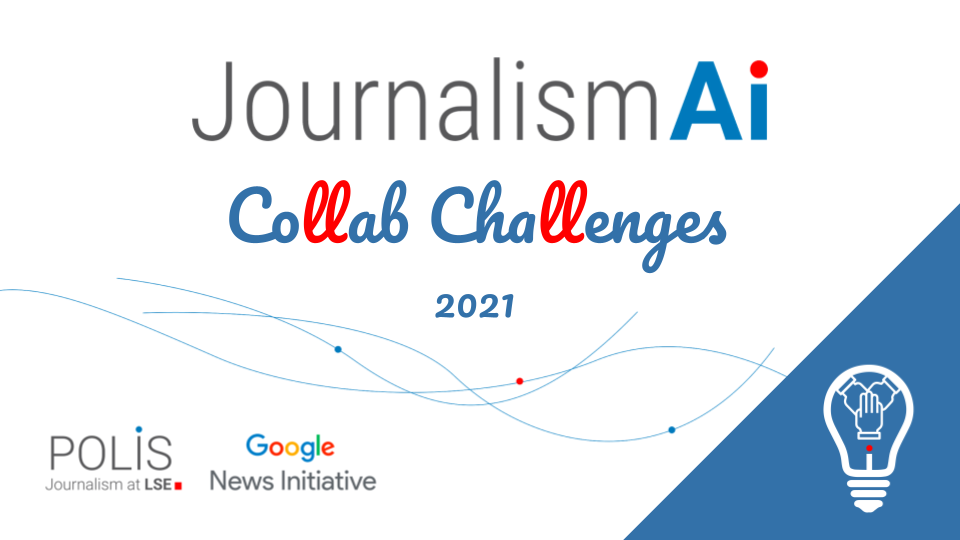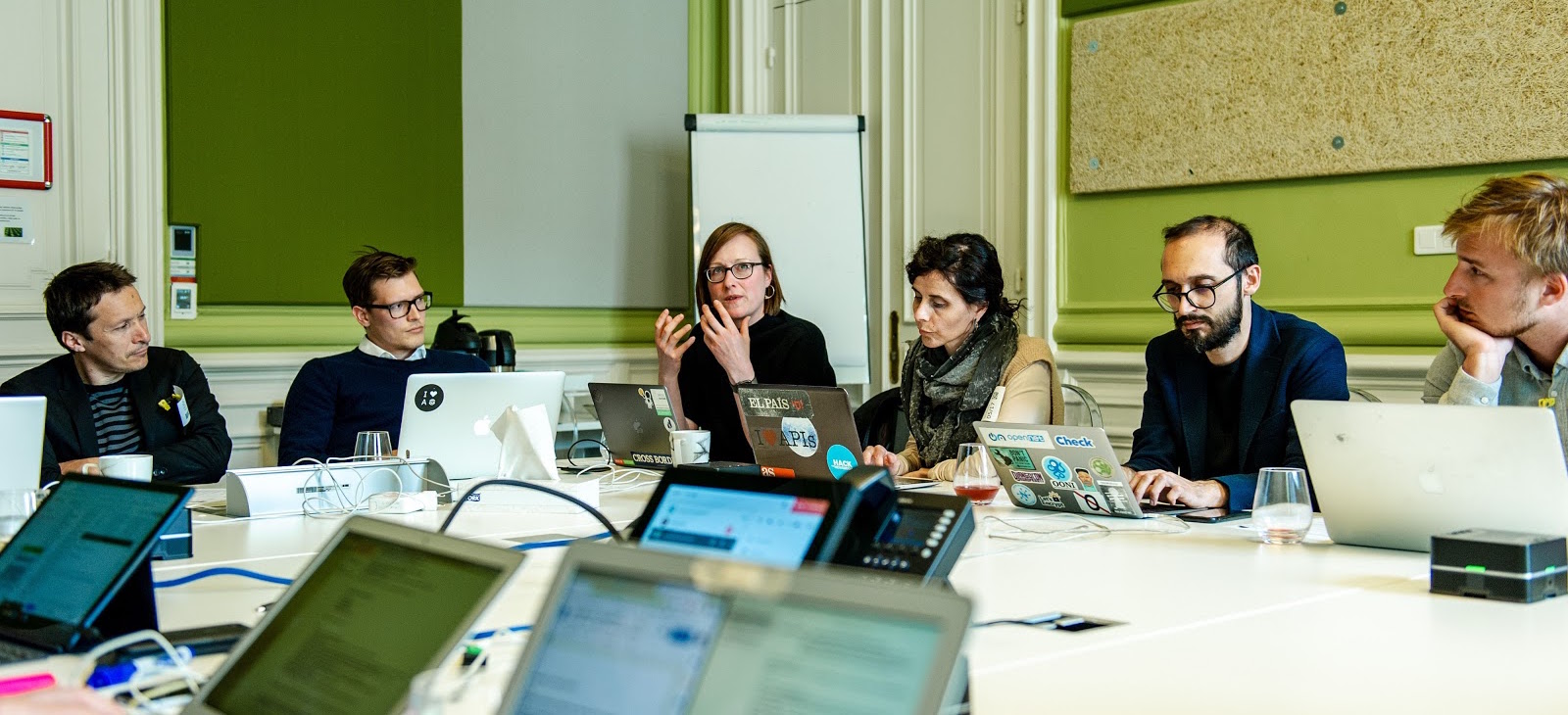A quick spoiler to answer the question straight away: Yes!
As part of the 2020 JournalismAI Collab, an international team of journalists led by Florencia Coelho of La Nacíon (Argentina) and Kristoffer Hecquet of Altinget (Denmark) explored the possibility to create an automated search engine that recommends articles from a newsroom’s archive to a reporter who is in the process of writing a story – or is planning to write one. This way, journalists could leverage existing knowledge to add context and background information to their articles, showing how a story has evolved over time.
There is a big potential in the archives for content to be reused, especially when the relevant pieces of content such as graphs and other elements can be identified efficiently.
Key Takeaways
AI can help to classify and suggest evergreen content in order to reuse previously-published articles, inspire journalists, and interlink news-stories, thus adding valuable context for the readers.
Evergreen content can be resurfaced based on performance or based on context.
By comparing words and matching pieces of text, an intelligent tool can suggest the most relevant articles from internal archives and other trusted sources throughout the research and writing process.
Algorithms might suggest related articles, but the judgement of whether to make use of the suggestion is up to the journalists. This research is about augmenting journalists’ capabilities, not delegating the work to the machine.
How can we recognise evergreen content? Depending on the newsroom, evergreen articles are either defined as a certain type of article, including its form and purpose (i.e., an info-box); articles related to cyclical topics, which can be updated and resurfaced with a defined regularitry (i.e., stories about how to protect yourself from heat-waves in the summer); or by specific circumstances that make articles on a certain topic relevant again, weeks, months, or even years from their original publication.
To make use of evergreen content, the question is not only how articles are to be suggested by intelligent tools (i.e., by matching words, headlines, or text excerpts). The process depends heavily on how evergreen articles are tagged. This could either be done manually or as an automated process.
ArcAI, the tool the team initially hoped to develop is, for now, just an idea. However, the issues encountered during the research phase by the team provide already some useful insights:
- Language barriers: Most algorithms are trained on samples of the English language, with limited examples based on other languages. This complicates the creation of a universal tool for newsrooms worldwide.
- Newsroom culture: It is sometimes difficult to convince journalists to embrace change and technological innovation. As outlined by the 2019 JournalismAI report, a cultural shift is needed to make the most of AI’s potential.
- Newsroom-specific aspects: Each newsroom has different needs and very distinct workflows and processes. A one-size-fits-all algorithmic solution wouldn’t be able to take all these approaches into consideration at once.
If you want to build your own solution to leverage the evergreen content in your archives, these are some questions you should consider:
- What exactly do you want your tool to achieve?
- What are you ready to invest?
- Take data hygiene seriously when working with AI
- Is your team supportive of the idea or will there be resistance?
- What is technically possible in your language?
To find out more about the research of the team, you can explore online their full report:
How AI will put the power of news media archives in the hands of the journalists.
Additional Resources
- Download the team’s presentation
- Watch Flor’s presentation in the “Data Talks” series
- Explore the complete study of the Collab team
This article was written by Valentina Gianera, POLIS intern and LSE’s MSc student.
The article includes the main takeaways from one of the sessions of the 2020 JournalismAI Festival. You can watch all the Festival recordings on YouTube.
JournalismAI is a project of POLIS and it’s powered by the Google News Initiative.






